ANSI/EIA-364-13C-2006
Approved: June 12, 2006
EIA
STANDARD
TP-13C
MATING AND UNMATING FORCE TEST
PROCEDURE FOR ELECTRICAL
CONNECTORS
C
3
1
-
4
6
3
-
A
C
E
A
I
E
/
(Revision of EIA-364-13B)
EIA/ECA-364-13C
JUNE 2006
THE ELECTRONIC COMPONENTS SECTOR OF THE ELECTRONIC INDUSTRIES ALLIANCE
�
NOTICE
EIA Engineering Standards and Publications are designed to serve the public interest
through eliminating misunderstandings between manufacturers and purchasers, facilitating
interchangeability and improvement of products, and assisting the purchaser in selecting
and obtaining with minimum delay the proper product for his particular need. Existence of
such Standards and Publications shall not in any respect preclude any member or
nonmember of EIA from manufacturing or selling products not conforming to such
Standards and Publications, nor shall the existence of such Standards and Publications
preclude their voluntary use by those other than EIA members, whether the standard is to
be used either domestically or internationally.
Standards and Publications are adopted by EIA in accordance with the American National
Standards Institute (ANSI) patent policy. By such action, EIA does not assume any liability
to any patent owner, nor does it assume any obligation whatever to parties adopting the
Standard or Publication.
This EIA Standard is considered to have International Standardization implication, but the
International Electrotechnical Commission activity has not progressed to the point where a
valid comparison between the EIA Standard and the IEC document can be made.
This Standard does not purport to address all safety problems associated with its use or all
applicable regulatory requirements. It is the responsibility of the user of this Standard to
establish appropriate safety and health practices and to determine the applicability of
regulatory limitations before its use.
(From Standards Proposal No. 5136 formulated under the cognizance of the CE-2.0
National Connector Standards Committee.
Published by
©ELECTRONIC INDUSTRIES ALLIANCE 2006
Technology Strategy & Standards Department
2500 Wilson Boulevard
Arlington, VA 22201
Catalog of EIA Electronic Industries Alliance Standards and Engineering
PRICE: Please refer to the current
or call Global Engineering Documents, USA and Canada (1-800-854-7179)
Publications
International (303-397-7956)
All rights reserved
Printed in U.S.A.
�
PLEASE !
DON'T VIOLATE
THE
LAW!
This document is copyrighted by the EIA and may not be reproduced without
permission.
Organizations may obtain permission to reproduce a limited number of copies
through entering into a license agreement. For information, contact:
Global Engineering Documents
15 Inverness Way East
Englewood, CO 80112-5704 or call
USA and Canada (1-800-854-7179), International (303-397-7956)
i
�
CONTENTS
Introduction ...............................................................................................................
Test resources ...........................................................................................................
Test specimen ............................................................................................................
Equipment .................................................................................................................
Scope .........................................................................................................................
Clause
1
1.1
2
2.1
3
3.1 Method A ..................................................................................................................
3.2 Method B ..................................................................................................................
4
4.1 Method A ..................................................................................................................
4.2 Method B ..................................................................................................................
5
6
Test documentation ...................................................................................................
Details to be specified ...............................................................................................
Test procedure ...........................................................................................................
Page
1
1
1
1
1
1
2
2
2
2
3
3
ii
�
(This page left blank)
iii
�
TEST PROCEDURE No. 13C
MATING AND UNMATING FORCE TEST PROCEDURE
EIA-364-13C
Page 1
FOR
ELECTRICAL CONNECTORS
(From EIA Standards Proposal No. 5136, formulated under the cognizance EIA CE-2.0 Committee
on National Connector Standards, and previously published in EIA-364-13B.)
1 Introduction
1.1 Scope
This standard establishes a method to determine the forces required to mate and unmate electrical
connectors or protective caps with connectors, connectors/sockets with gages or devices. Unless
otherwise specified in the referencing document, method A shall be used.
2 Test resources
2.1 Equipment
The test equipment shall consist of:
2.1.1 Mounting fixtures that allow the specimens to be mounted in their normal manner.
2.1.2 Force or torque gages, of suitable range for the connector size under test, so that readings will
be in the middle 50% of the scale, where practicable, with a nominal full scale accuracy of +2%.
2.1.3 Attachments and accessory type equipment as required to mate the test specimens and attach
the force or torque gages (arbor press, etc.).
2.1.4 Gage(s) or device(s) to mate the connector/socket with (applicable to method B only).
3 Test specimen
3.1 Method A
The specimen shall consist of a plug and a receptacle with all applicable contacts in place. All
applicable hardware shall be assembled to the specimen including skirts, hoods, cable clamps,
jackscrews, guide pins or sockets unless otherwise specified. The specimen shall not be lubricated
or cleaned in any manner unless otherwise specified in the referencing document. If applicable the
specimen shall be terminated as specified in the referencing document.
�
EIA-364-13C
Page 2
3.2 Method B
The specimen shall consist of the connector/socket and the gage(s) or device(s) as specified in
the referencing document. Unless otherwise specified in the referencing document, all
applicable contacts and hardware shall be installed including skirts, hoods, cable clamps, guide
pins, etc. The specimen shall not be lubricated or cleaned and active latches are to be
deactivated unless otherwise specified in the referencing document. If applicable, the specimen
shall be terminated as specified in the referencing document.
4 Test procedure
4.1 Method A
Unless otherwise specified, the specimen shall be mounted to mounting fixtures by the normal
mounting means.
4.1.1 Mating force
4.1.1.1 The two mating connectors shall be brought to a position where mechanical mating begins
and the force or torque gage is at zero indication.
4.1.1.2 The connectors shall then be fully mated or coupled at a rate of 25.4 millimeters/minute,
unless otherwise specified in the referencing document, and the peak force or torque required for
mating shall be recorded.
4.1.2 Unmating force
The mated connectors shall be fully unmated at a rate of 25.4 millimeters/minute, unless otherwise
specified in the referencing document, and the peak force or torque required shall be recorded.
4.2 Method B
The fixtures required to hold the specimen and the specimen shall be attached to the force measuring
system then the system shall be zeroed.
4.2.1 Mating force
4.2.1.1 The two mating components shall be brought to a position just before mechanical mating
begins and the force measuring system is indicating zero.
4.2.1.2 The gage/device shall then be fully mated to the connector/socket at a rate of
25.4 millimeters/minute, unless otherwise specified in the referencing document. The peak force
required for mating prior to bottoming shall be recorded.
�
EIA-364-13C
Page 3
4.2.2 Unmating forces
The gage/device shall then be fully unmated from the connector/socket at a rate of
25.4 millimeters/minute unless otherwise specified in the referencing document. The peak force
required for unmating shall be recorded.
5 Details to be specified
The following details shall be specified in the referencing document:
5.1 Number of specimens to be tested
5.2 Measurements to be made; mating force, unmating force, or both
5.3 Rates of mating and unmating, if other than specified in 4.1.1.2, 4.1.2, 4.2.1.2 and 4.2.2
5.4 Depth of mating if applicable
5.5 Lubrication or cleaning, if required
5.6 Wire type, gage, and length if applicable
5.7 Applicable hardware
5.8 Force or torque requirements
5.9 Test conditions, if other than standard atmospheric
5.10 Applicable to method B only: Details of the device(s) or gage(s) to be used for
mating/unmating to the connector/socket, as well as the method and frequency of cleaning, if
required
6 Test documentation
Documentation shall contain the details specified in clause 5, with any exceptions, and the
following:
6.1 Title of test
6.2 Specimen
6.3 If applicable, fixturing, gage details and gage part number
6.4 Test equipment used, and date of last and next calibration
6.5 Test procedure and method, if other than method A
6.6 Values and observation
6.7 Name of operator and date of test
description
applicable
if
including
part
number
�
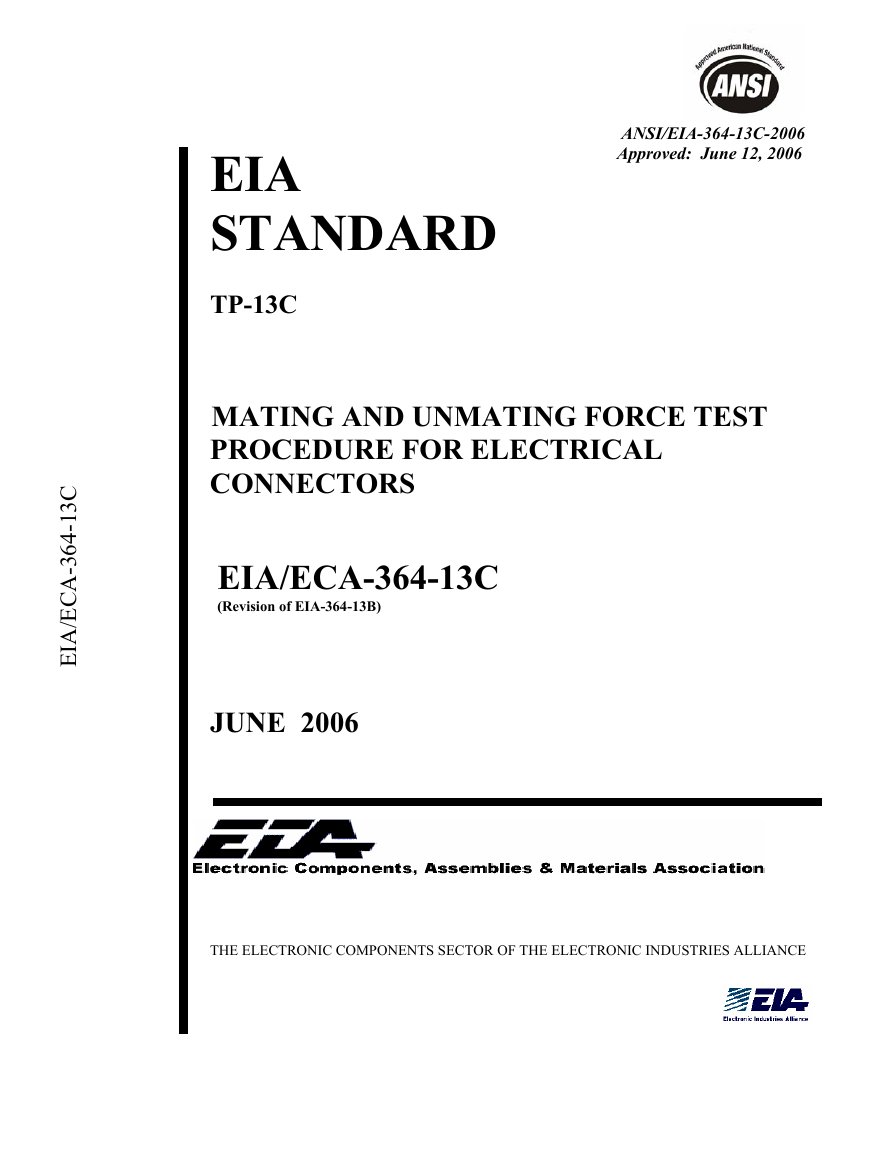

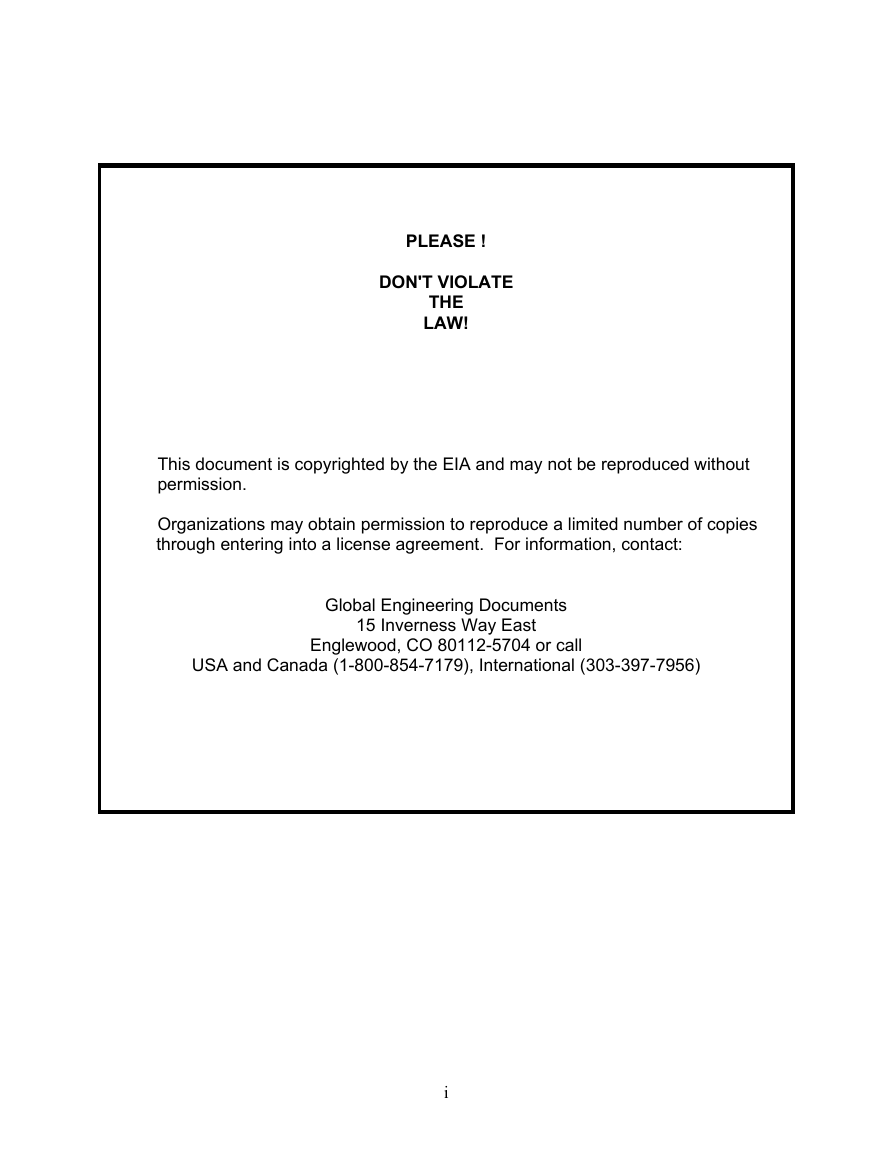
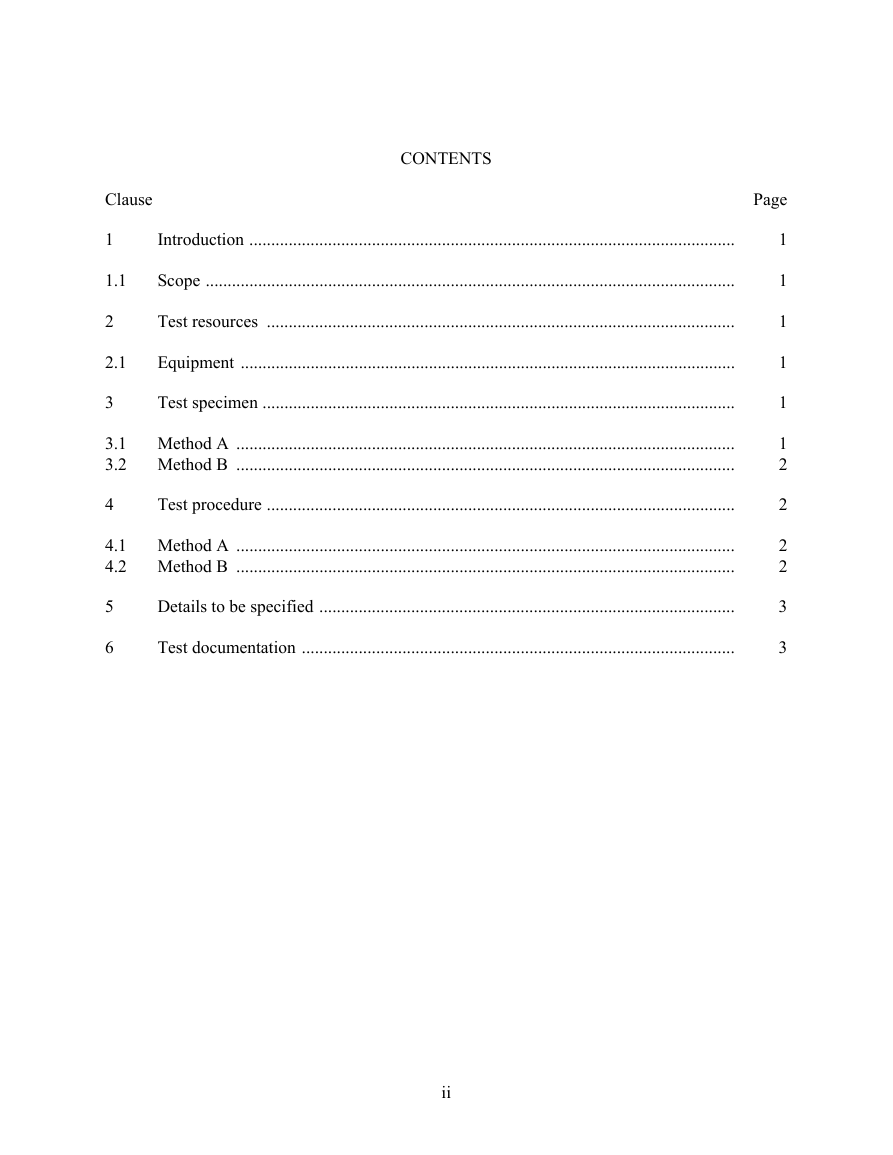
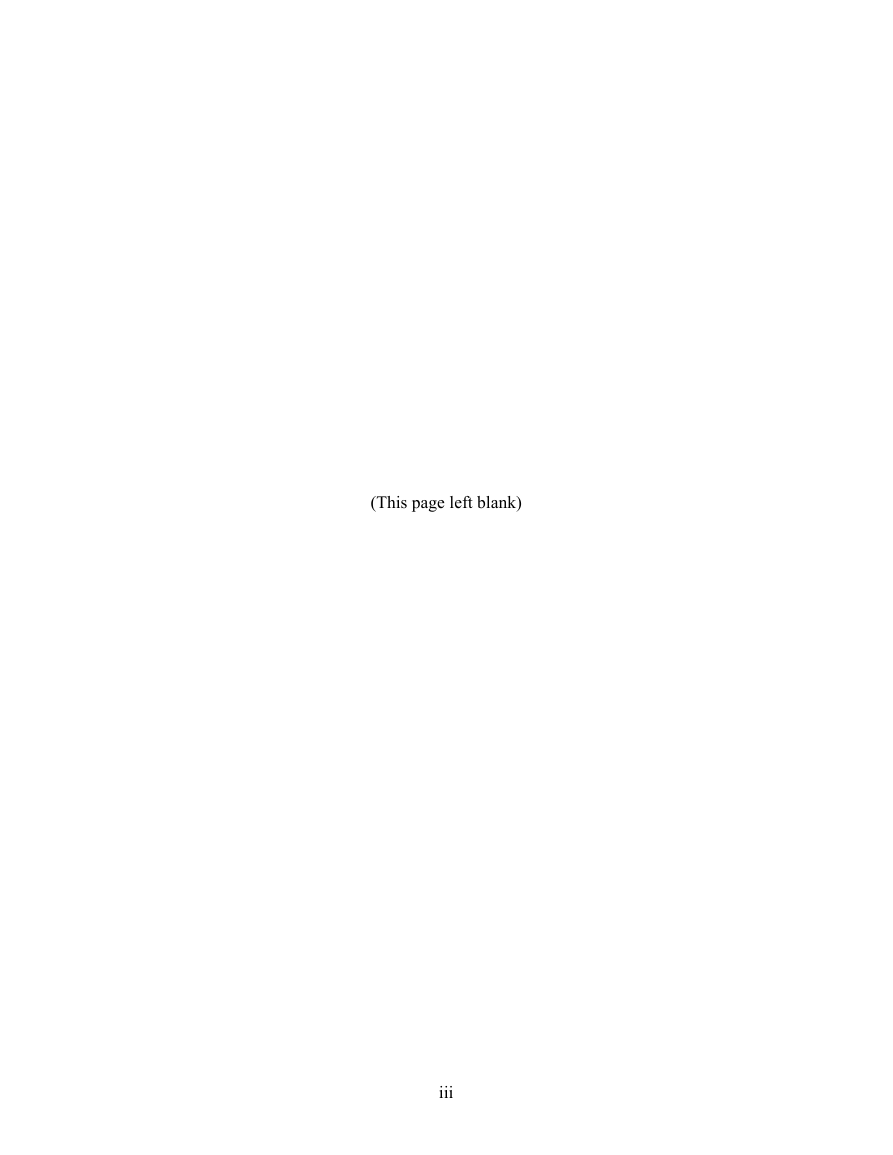

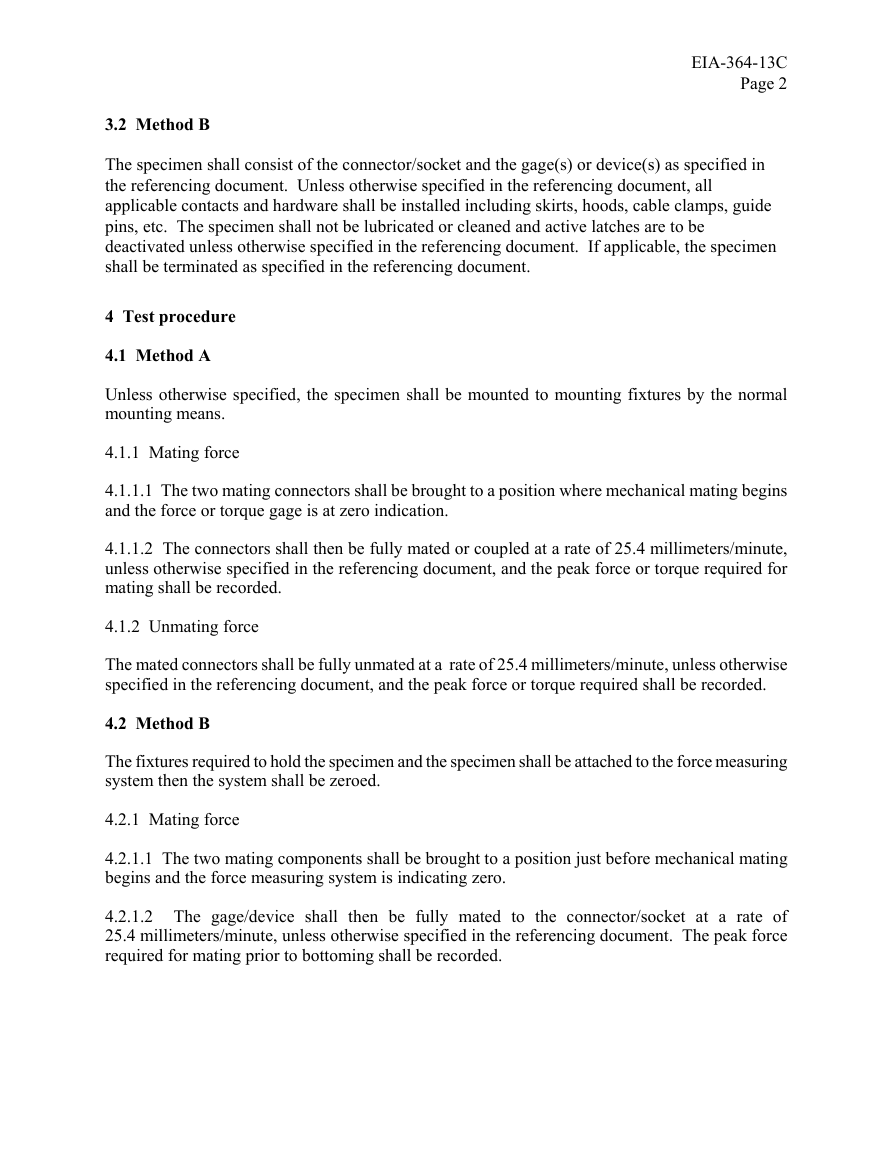









 2023年江西萍乡中考道德与法治真题及答案.doc
2023年江西萍乡中考道德与法治真题及答案.doc 2012年重庆南川中考生物真题及答案.doc
2012年重庆南川中考生物真题及答案.doc 2013年江西师范大学地理学综合及文艺理论基础考研真题.doc
2013年江西师范大学地理学综合及文艺理论基础考研真题.doc 2020年四川甘孜小升初语文真题及答案I卷.doc
2020年四川甘孜小升初语文真题及答案I卷.doc 2020年注册岩土工程师专业基础考试真题及答案.doc
2020年注册岩土工程师专业基础考试真题及答案.doc 2023-2024学年福建省厦门市九年级上学期数学月考试题及答案.doc
2023-2024学年福建省厦门市九年级上学期数学月考试题及答案.doc 2021-2022学年辽宁省沈阳市大东区九年级上学期语文期末试题及答案.doc
2021-2022学年辽宁省沈阳市大东区九年级上学期语文期末试题及答案.doc 2022-2023学年北京东城区初三第一学期物理期末试卷及答案.doc
2022-2023学年北京东城区初三第一学期物理期末试卷及答案.doc 2018上半年江西教师资格初中地理学科知识与教学能力真题及答案.doc
2018上半年江西教师资格初中地理学科知识与教学能力真题及答案.doc 2012年河北国家公务员申论考试真题及答案-省级.doc
2012年河北国家公务员申论考试真题及答案-省级.doc 2020-2021学年江苏省扬州市江都区邵樊片九年级上学期数学第一次质量检测试题及答案.doc
2020-2021学年江苏省扬州市江都区邵樊片九年级上学期数学第一次质量检测试题及答案.doc 2022下半年黑龙江教师资格证中学综合素质真题及答案.doc
2022下半年黑龙江教师资格证中学综合素质真题及答案.doc